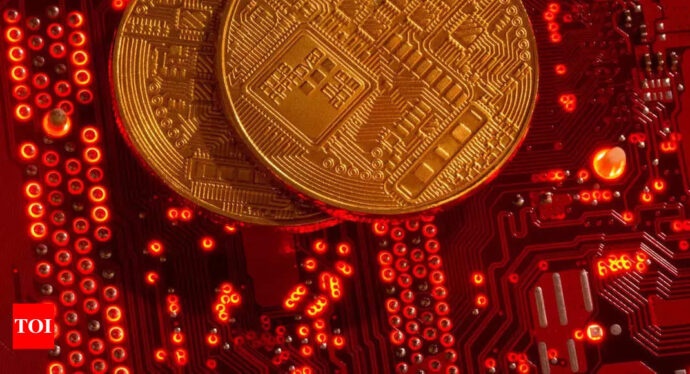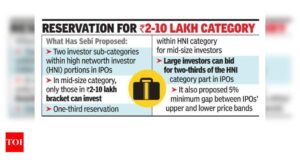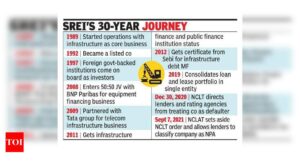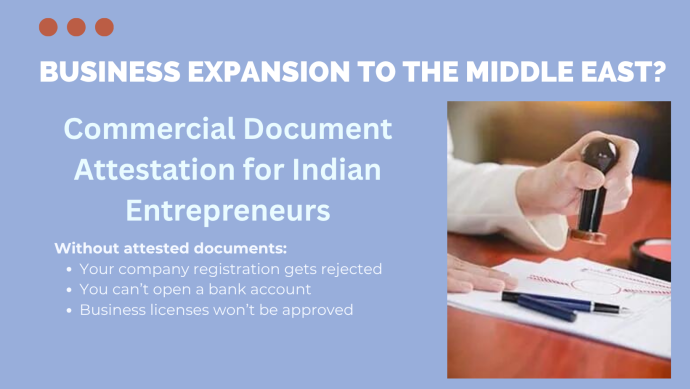Bank bad loans may grow 2 times by September: RBI – Times of India
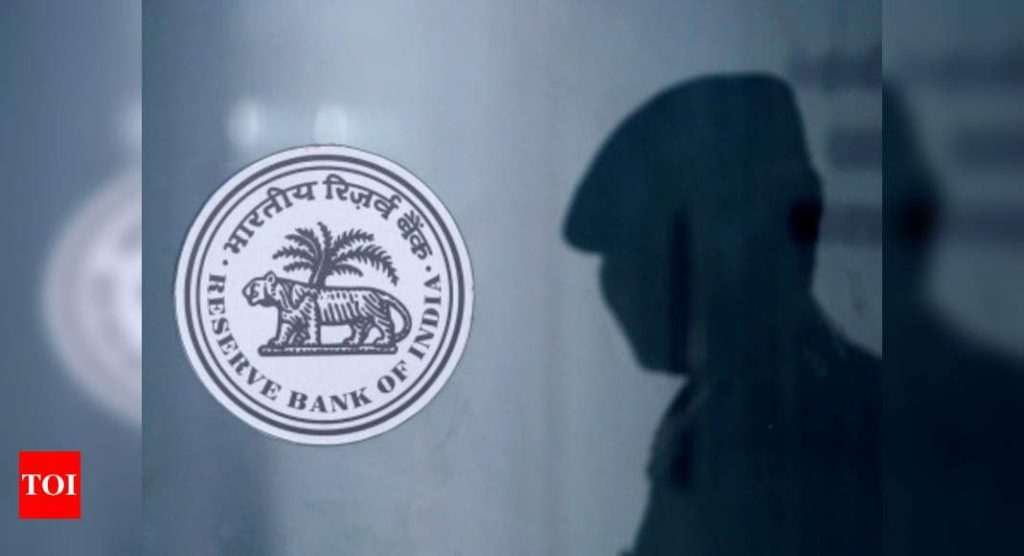
[ad_1]
MUMBAI: Bad loans of banks could nearly double from 7.5% in September 2020 to 14.8% by September this year under a severe stress scenario, according to stress tests conducted by the Reserve Bank of India (RBI) and other regulators.
A report released on Monday said public sector banks will contribute the most to new non-performing assets (NPAs).
The central bank did declare that the “worst is behind us” in terms of the pandemic. But even as it did that, the RBI indicated that the worst was yet to come in respect of bad loans.
“The gross NPA (GNPA) projections are indicative of the impairment latent in the banks’ portfolio with implication for capital planning,” the Financial Stability Report (FSR), released by the RBI on Monday, said. The FSR is prepared by the Financial Stability Council, which includes the RBI and other financial sector regulators.
Because of the stress on their balance sheets, the system-level capital adequacy ratio of banks is expected to drop from 15.6% in September 2020 to 12.5% under a severe stress situation and 14% under a baseline scenario.
The stress tests indicate that the GNPA ratio of all scheduled commercial banks may increase from 7.5% in September 2020 to 13.5% by September 2021 under the baseline scenario. Even under the baseline scenario, bad loans are expected to push the capital adequacy of two banks below the statutory minimum requirements.
Among the bank groups, the public sector banks’ GNPA ratio of 9.7% in September 2020 may increase to 16.2% by September 2021 under the baseline scenario, while the GNPA ratio of private banks and foreign banks may increase from 4.6% and 2.5% to 7.9% and 5.4%, respectively, over the same period.
In the severe stress scenario, the GNPA ratios of public sector banks, private banks and foreign banks may rise to 17.6%, 8.8% and 6.5%, respectively, by September 2021. The baseline scenario is drawn if macro parameters move along an expected trajectory.
According to the RBI, in the first half under the baseline scenario, the GDP is expected to grow 14.2%, the combined fiscal deficit will slip to 10.4%, inflation will be around 4.9% and the weighted average lending rate of banks would be 9.6%. The RBI increases the stress by worsening the forecast numbers and working out the impact on bank balance sheets.
Tourism and hospitality, construction and real estate, aviation, automobiles and retail were the major sectors expected to be adversely affected by the pandemic.
A report released on Monday said public sector banks will contribute the most to new non-performing assets (NPAs).
The central bank did declare that the “worst is behind us” in terms of the pandemic. But even as it did that, the RBI indicated that the worst was yet to come in respect of bad loans.
“The gross NPA (GNPA) projections are indicative of the impairment latent in the banks’ portfolio with implication for capital planning,” the Financial Stability Report (FSR), released by the RBI on Monday, said. The FSR is prepared by the Financial Stability Council, which includes the RBI and other financial sector regulators.
Because of the stress on their balance sheets, the system-level capital adequacy ratio of banks is expected to drop from 15.6% in September 2020 to 12.5% under a severe stress situation and 14% under a baseline scenario.
The stress tests indicate that the GNPA ratio of all scheduled commercial banks may increase from 7.5% in September 2020 to 13.5% by September 2021 under the baseline scenario. Even under the baseline scenario, bad loans are expected to push the capital adequacy of two banks below the statutory minimum requirements.
Among the bank groups, the public sector banks’ GNPA ratio of 9.7% in September 2020 may increase to 16.2% by September 2021 under the baseline scenario, while the GNPA ratio of private banks and foreign banks may increase from 4.6% and 2.5% to 7.9% and 5.4%, respectively, over the same period.
In the severe stress scenario, the GNPA ratios of public sector banks, private banks and foreign banks may rise to 17.6%, 8.8% and 6.5%, respectively, by September 2021. The baseline scenario is drawn if macro parameters move along an expected trajectory.
According to the RBI, in the first half under the baseline scenario, the GDP is expected to grow 14.2%, the combined fiscal deficit will slip to 10.4%, inflation will be around 4.9% and the weighted average lending rate of banks would be 9.6%. The RBI increases the stress by worsening the forecast numbers and working out the impact on bank balance sheets.
Tourism and hospitality, construction and real estate, aviation, automobiles and retail were the major sectors expected to be adversely affected by the pandemic.
[ad_2]
Source link
